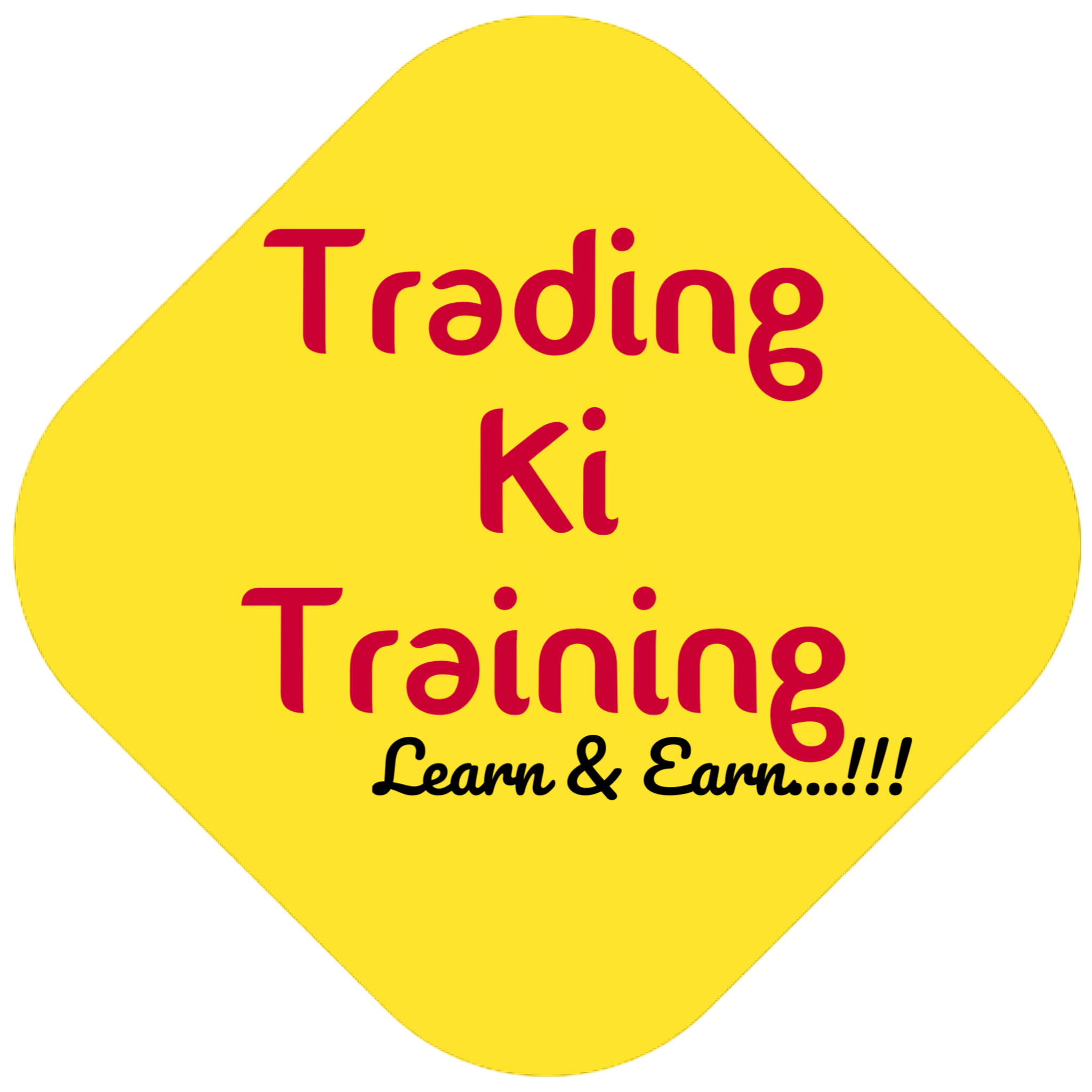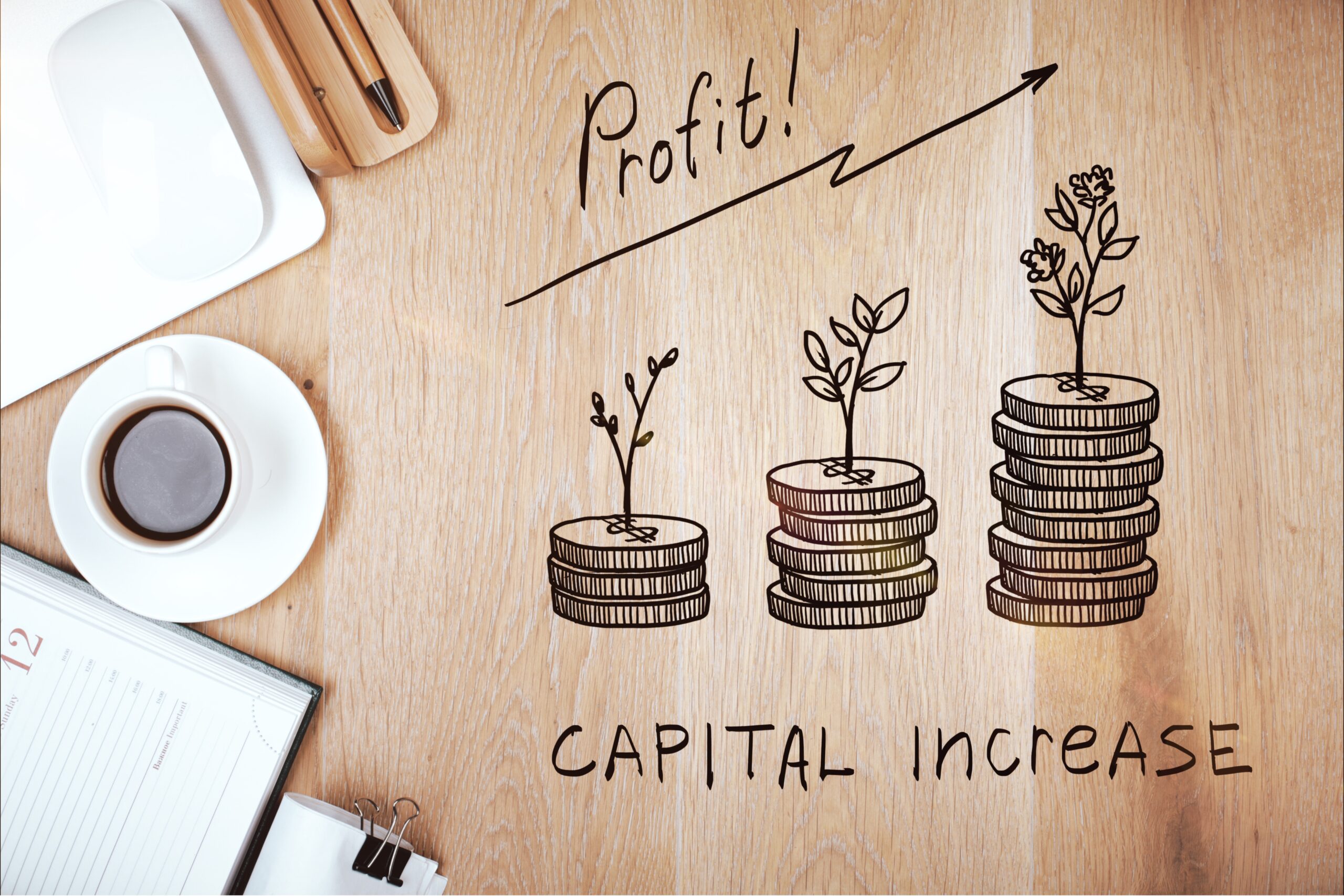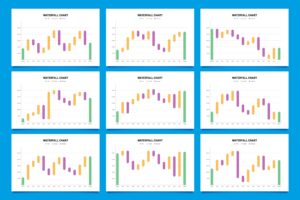Market capitalization is essentially the combined value of all a company’s shares traded in the market. You figure it out by multiplying the stock’s price with all issued shares. Using this measure, investors get a quick idea of the company’s size and market worth. Rather than focusing only on stock price, market cap gives a clearer picture of a company’s size.
Table of Contents
Why Market Capitalization Matters for Investors
Market cap isn’t just a figure—it plays a big role in investment choices. Firms are often categorized as large-cap, mid-cap, or small-cap based on their market value. Every category carries its own mix of risks and potential rewards.
- Large-cap companies are usually well-established and stable. They offer steady returns and lower risk.
- Mid-cap firms are usually growing fast, giving higher returns but with added volatility.
- Small-cap companies are the riskiest but can deliver exponential growth if they succeed.
Understanding market cap helps investors design portfolios that match their comfort with risk.
Also Read: Stock Market Basics
How to Calculate Market Value of a Company
The formula is straightforward:
You can see market cap as stock price times all outstanding shares.
Let’s take an example:
- A company with 1 crore shares priced at ₹200 each has a market capitalization of ₹200 crore.
- Another company with 50 lakh shares priced at ₹800 each has a market capitalization of ₹400 crore.
Surprisingly, a company with an expensive stock may still have a smaller market cap if its shares are fewer. This shows stock price isn’t enough—market cap reflects a company’s true worth.
Also Read: Double Bottom
Categories of Market Capitalization
Companies are often grouped into three main categories:
Large-Cap Companies
- Worth more than $10 billion.
- Known for stability and steady returns.
- Examples: Apple, Microsoft, or Amazon.
Mid-Cap Companies
- Worth between $2 billion and $10 billion.
- Often in growth phase with solid potential.
- These kinds of stocks often balance potential risks with possible rewards.
Small-Cap Companies
- Worth between $300 million and $2 billion.
- Usually newer or niche businesses.
- Carry more risk but can bring surprising gains.
Some investors add extra labels like micro-cap (under $300M) and mega-cap (over $200B).
Also Read: Gift Nifty
Market Capitalization vs Enterprise Value
Many confuse market capitalization with enterprise value (EV). While market cap only considers equity, enterprise value gives a more complete picture by including debt and subtracting cash reserves.
- Market Cap = Equity Value (Share Price × Shares)
- Enterprise Value is calculated as Market Cap plus Debt minus Cash
Example: Market cap of ₹1,000 crore + ₹500 crore debt – ₹200 crore cash = ₹1,300 crore EV.
When it comes to acquisitions, however, analysts prefer enterprise value, since it reflects the real cost of taking over a business.
Also Read: Colour Trading Mastery
How Company Size Impacts Risk and Returns
Market cap plays a big role in shaping a company’s risk and return potential.
- Large-cap stocks are considered safer, though their growth may be slower.
- Mid-sized companies usually expand more rapidly but also carry higher risk.
- Small-cap stocks may give 5x or even 10x returns, but they also carry the highest risk of loss.
For example, during global recessions, large-cap stocks usually hold their ground, while small-cap stocks often crash heavily. When markets climb, small and mid-cap companies usually rise faster than the giants.
So, market cap guides you in matching investments with your goals and risk levels.
Also Read: ChatGPT vs. Google
Global Examples of Cap Rankings
Across the globe, market cap remains the go-to metric for ranking leading companies:
- Saudi Aramco comes close due to its dominance in the oil industry.
- Big Indian names like Reliance and TCS enjoy dominant positions across Asia.
These rankings prove how market capitalization reflects not only company strength but also global economic trends.
Also Read: Commodity Trading
Limitations of Using Market Capitalization Alone
Market cap is very helpful, but it does come with certain limitations:
Ignores Debt and Cash – Market cap doesn’t account for how much debt a company has or how much cash it holds.
Fluctuates with Stock Prices – Since it depends on share price, sudden market movements can distort a company’s true long-term value.
Not a Profitability Measure – Market capitalization doesn’t show how profitable a company is—it only shows its market value.
Therefore, investors must use other financial metrics like P/E ratio, revenue, and earnings growth along with market cap.
Also Read: Futures Trading Success
Long-Term Investing and Market Value
For long-term investors, market cap acts as a key strategic measure. Market cap also guides investors on distributing money among large, mid, or small-cap companies.
- Defensive investors may focus on large caps for stability.
- Growth-oriented investors may prefer mid and small caps for higher returns.
- Balanced portfolios often include all three categories for diversification.
This way, investors can maximize returns while minimizing risks over time.
Also Read: How to Choose The Right Trading Style
Market Cap and Changing Economic Conditions
Market capitalization doesn’t remain fixed—it shifts with economic cycles, industry trends, and global events. For instance, during a recession, even large-cap firms may lose value, though they usually recover faster than smaller companies. On the other hand, in booming markets, mid-cap and small-cap firms often outperform by grabbing growth opportunities quickly. Tracking these changes allows investors to spot potential winners and adjust their portfolios accordingly. Market cap, therefore, is not just a static number but a dynamic indicator that moves with the economy.
Also Read: Trading Journal
FAQs About Market Capitalization
Is a higher market cap always better?
Not always. Higher market cap means stability, but smaller companies can sometimes grow faster.
Can market capitalization change overnight?
But does market cap really tell us if a company is profitable?
Not quite—it reflects market value, not the company’s actual profit numbers. Always check earnings.
Should I only invest in large-cap companies?
Large-cap stocks are safer, but adding mid or small-cap stocks can help you grow faster if you’re comfortable with risk.
Also Read: Trading Psychology
Conclusion: Why You Must Understand Market Capitalization
More than a buzzword, market capitalization signals a firm’s size, financial strength, and risk level. No matter your experience level, knowing market cap gives you valuable insight:
- Compare companies fairly.
- Balance your portfolio based on risk tolerance.
- Unlock possibilities in various market categories.
Price distracts; market capitalization defines the true dimension.
Also Read: Short Selling Mistakes







